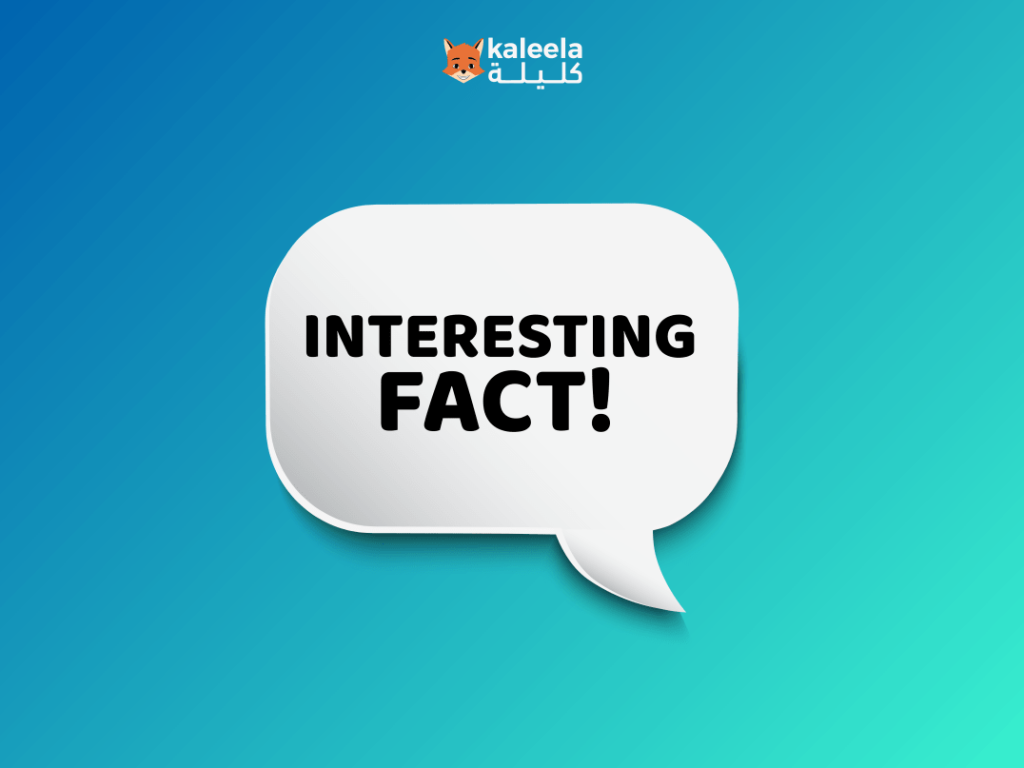When people ask, “what is the richest language in the world,” they usually refer to Arabic. Indeed, Arabic stands as a linguistic powerhouse, showing unmatched depth and complexity. Discover the fascinating facts about arabic that prove its lexical supremacy and explain why the ultimate learn arabic fact roots in its structure.
Learn Arabic Fact: The Structural Genius of Arabic
Here are seven key structural facts that define Arabic’s unparalleled richness:
- Triliteral Roots Rule Everything: Arabic constructs words from basic roots (three core letters). This principle means the root (e.g., K-T-B) dictates the word’s general semantic field, allowing for massive, systematic derivation (book, writer, office).
- Vocabulary Potential: The total potential vocabulary—all mathematically derivable words—is estimated to be over 12 million words. This is significant because the high derivational capacity is the source of its lexical abundance.
- Case System (I’rāb): Arabic preserves the complete three-case system (I’rāb). This system is critical because it marks the function of a word (subject, object, etc.) via final vowel changes, allowing linguists to describe Arabic as a free word order language where meaning remains clear.
- The Dual Form: Arabic has a unique grammatical dual form (تَانِ (taani), ـَان (−aan)) for exactly two objects, which is distinct from both singular and plural forms. This grammatical specificity emphasizes precision in quantity.
- No Verb ‘To Be’ in Present: Interestingly, Arabic omits the verb “to be” in simple present-tense nominal sentences (e.g., أَنَا طَبِيبٌ (ana ṭabeeb) – I [am] a doctor). Linguists call this the Zero Copula phenomenon, where the relationship between subject and predicate is implied.
- Arabic Has a True Passive Voice: Furthermore, Arabic uses a robust passive voice system that changes the vowels of the verb’s stem to indicate that the action was received (e.g., Active: كَتَبَ (kataba) – he wrote; Passive: كُتِبَ (kutiba) – it was written).
- Shortest Words: Arabic constructs highly efficient words. In fact, some of the shortest words in the language are one-letter verbs used for commands, such as قِ (qi) (Protect!) derived from the root و ق ي (w−q−y).
Interesting Facts About The Arabic Alphabet and Phonetics
These are seven fascinating points about the Arabic script and its unique sounds:
- Unique Pharyngeals: Arabic has sounds that don’t exist in other languages (like ع (‘ayn) and ح (ḥ)). Mastery of these sounds is essential because their deep throat articulation differentiates thousands of words.
- The Heavy vs. Light Rule: Arabic pairs sounds that articulate almost identically but differ in “heaviness” (e.g., ص (ṣ) vs. س (s)). This emphatic quality changes the entire color of surrounding vowels (the tafkhīm effect).
- Abjad Script & Tashkeel: Arabic uses an Abjad writing system where short vowels are not usually written. However, a system of diacritical marks (Tashkeel: ـَ/ـُ/ـِ) helps resolve pronunciation ambiguity in religious texts or children’s books.
- Dots Resolve Ambiguity: The 28 Arabic letters derive from a small set of basic shapes. Historically, scribes added the crucial distinction using I’jām (the dots: ب,ت,ث) to differentiate sounds represented by the same core shape.
- Cursive and Unicase: Arabic writes entirely in a cursive style and does not use capital letters (it is a unicase script). Consequently, letters take different forms (up to four) depending on their position in a word.
- The Non-Connectors: Furthermore, six letters (ا,د,ذ,ر,ز,و) never connect to the letter that follows them, forcing a break in the cursive flow.
- Global Script: The Arabic script serves as the second most widely used writing system in the world (after the Latin alphabet), as many languages, including Persian, Urdu, and Malay, adopt it.
Facts About The Arabic Language’s Local Dialects
A major practical reality for anyone who wants to learn arabic fact is the division between the formal written language and the casual spoken language.
- Diglossia Defined: Facts about the arabic language confirm it exists in a state of diglossia, which means a large functional separation exists between MSA (written/formal) and the Colloquial Dialects (spoken).
- Language of Daad: Arabs famously nickname Arabic Lughat al-Ḍād (The Language of the Letter ض). This nickname highlights the letter’s historical uniqueness in its emphatic sound system.
- Preserved by Faith: The codification of the Quran preserved Classical Arabic’s complex grammar (including the original case endings). This historical fact explains why MSA remains structurally consistent across all Arab countries today.
- Global Influence (Loanwords): Arabic contributed over a thousand words to English (e.g., algebra, coffee, sugar). Significantly, its influence on Spanish and Portuguese runs far deeper, reflecting centuries of cultural presence in Al-Andalus.
- Widely Understood Dialect: Egyptian Arabic enjoys the title of the most widely understood dialect across the Arab world. This is primarily due to the historical dominance of the Egyptian film and media industry.
- UN Official Status: Arabic is one of the six official languages of the United Nations (UN). The UN granted it this status in 1973, underscoring its geopolitical importance.
- Mutual Intelligibility Varies: The linguistic distance between dialects is vast. For example, a speaker from Morocco may struggle to understand a speaker from Iraq, often compelling them to switch to MSA to bridge the gap.
Conclusion: Embrace the Richest Language!
The facts about arabic prove it is the richest language through the genius of its structure and the depth of its vocabulary. As you learn arabic fact by fact, remember that the root system is your ultimate guide to unlocking the millions of words hidden within the language. To accelerate your progress and get targeted practice, consider using Kaleela App. Embrace the complexity, and enjoy your journey!



